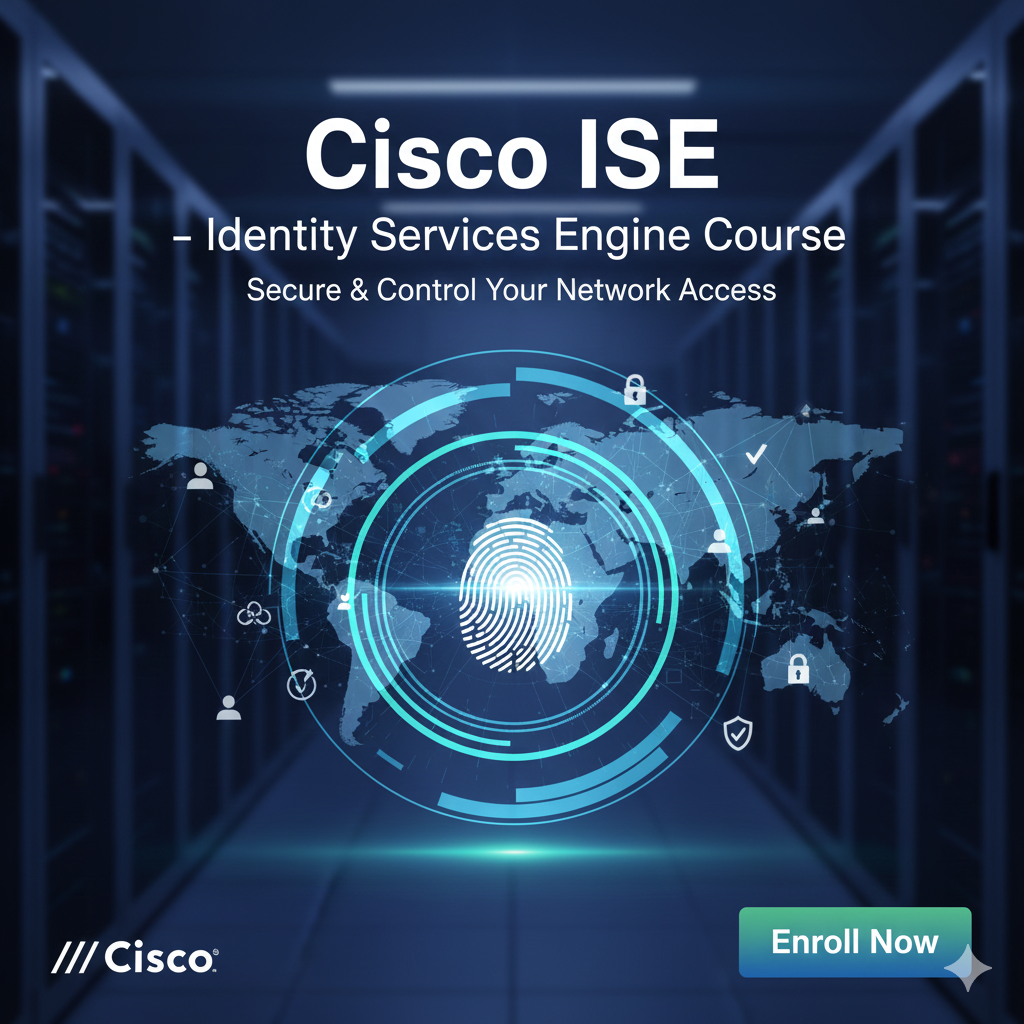Online vs In-Person ISE Training: Pros and Cons
September 14, 2024
8 min read
JasonLake
Related Courses
Enhance your knowledge with these recommended courses

Cisco ISE - Identity Services Engine Course By Mohammad Imani
Cisco ISE Training (Identity Service Engine) is the platform to identify users and devices and apply access control policies on a wired and wireless platform.
$24.99
View CourseBecome an Instructor
Share your knowledge and expertise. Join our community of instructors and help others learn.
Apply Now
About the Author
JasonLake
I'm a network engineer who works for 8 years in the industry. I am trying to help people through my blogposts. Welcome to my blogs.
Share this Article
Subscribe for Exclusive Deals & Promotions
Stay informed about special discounts, limited-time offers, and promotional campaigns. Be the first to know when we launch new deals!